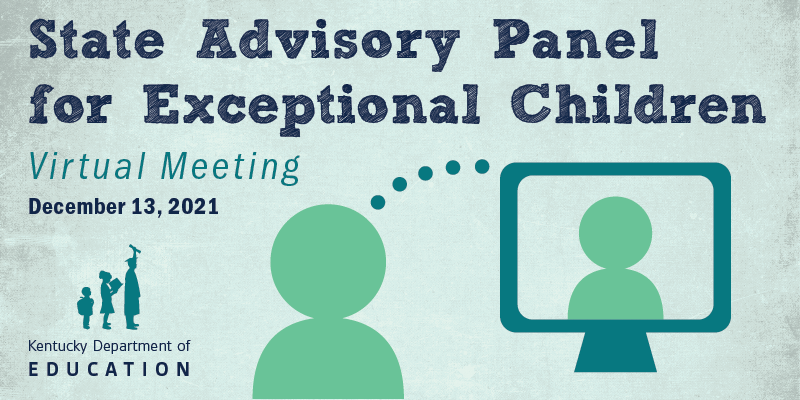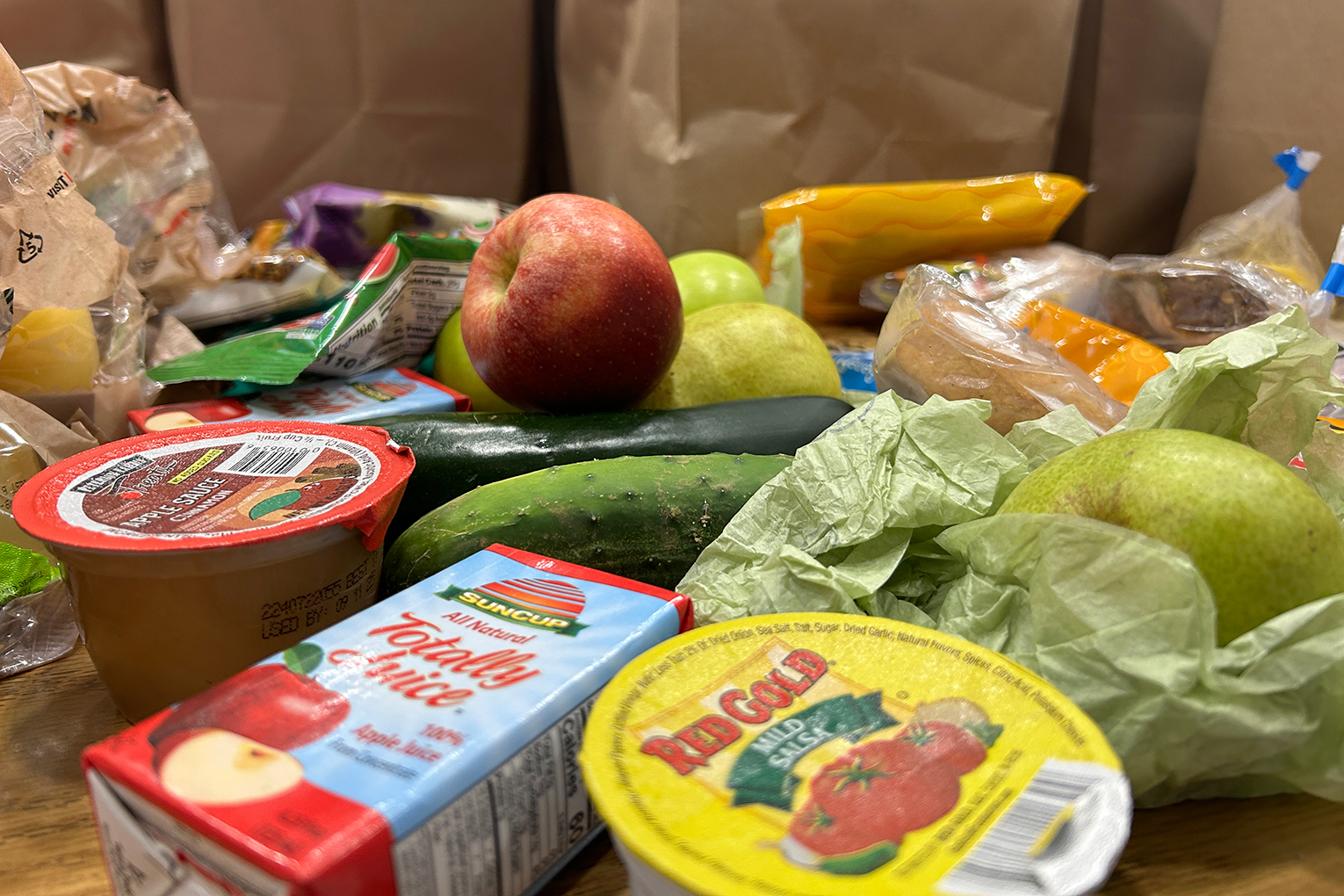 The State Advisory Panel for Exceptional Children (SAPEC) discussed Kentucky’s State Performance Plan (SPP) targets, the Annual Performance Report (APR) and the State Systemic Improvement Plan (SSIP) during its Dec. 13 meeting.
The State Advisory Panel for Exceptional Children (SAPEC) discussed Kentucky’s State Performance Plan (SPP) targets, the Annual Performance Report (APR) and the State Systemic Improvement Plan (SSIP) during its Dec. 13 meeting.
The federal Individuals with Disabilities Education Act (IDEA) requires each state to develop an SPP/APR that evaluates the state’s efforts to implement the requirements and purposes of the IDEA and describes how the state will improve its implementation.
The SPP and APR include 17 indicators that measure child and family outcomes, and compliance with the requirements of the IDEA.
Each year, states must report against the targets in their SPP in an Annual Performance Report to the U.S. Department of Education (USED).
Sylvia Starkey, the Kentucky Department of Education’s (KDE’s) director of the Division of IDEA Monitoring and Results, explained that the SPP/APR consists of 17 indicators, split between results and compliance.
Six indicators are compliance, for which targets are already set by USED’s Office of Special Education Programs; nine indicators are results; and two indicators pertain to dispute resolutions and mediations. SSIP conducts its own stakeholder engagement.
Starkey emphasized that focusing solely on compliance is not achieving the necessary results for students with disabilities. Balancing results and compliance gives students a better chance of achieving at higher levels, she said.
Starkey listed the results indicators, which include graduation, dropout, assessment, educational environments, preschool environments, preschool outcomes, parent involvement, post-school outcomes, resolution sessions, mediations and the SSIP. She also asked the SAPEC to offer feedback on Kentucky’s proposed targets for indicators.
Every six years, the state is required by USED to set targets for continued progress toward results indicators for students with disabilities. The state also must gain stakeholder input on the potential targets for indicators, such as graduation. Starkey said the stakeholders involved in the process include parents, advocates, district administrators, teachers and community partners.
She also discussed post-school outcomes, including higher education and competitive employment. Stakeholders suggested that districts focus on increasing the percentage of students enrolled in higher education and to increase the percentage of students who are competitively employed after high school.
The Youth One Year Out (YOYO) survey is conducted after students leave high school. Therefore, it does not include dual enrollment students, who take college classes while they are still in high school, but member Tonika East suggested that she would like to see the percentage of students with disabilities who participate in dual enrollment increase.
Veronica Sullivan, KDE’s director of the Division of IDEA Implementation and Preschool, outlined the goal of the SSIP.
She said the goal of the SSIP is to increase the percentage of students with disabilities performing at or above proficient in middle school math, specifically at the 8th-grade level by providing training and support to elementary and middle school teachers.
She explained the focus on 8th-grade students is due to a drop in performance that becomes even more significant once the students reach high school. Although work on this is currently being undertaken with both elementary and middle school students, the measurements don’t take place until the 8th grade. Sullivan said KDE’s Division of IDEA Implementation and Preschool wants to make sure students have the relevant skills needed once they reach high school.
Amanda Waldroup, KDE’s assistant director in the Division of IDEA Implementation and Preschool, added that the division also is focusing on providing support to teachers around effective implementation of evidence-based practices in math.




Leave A Comment